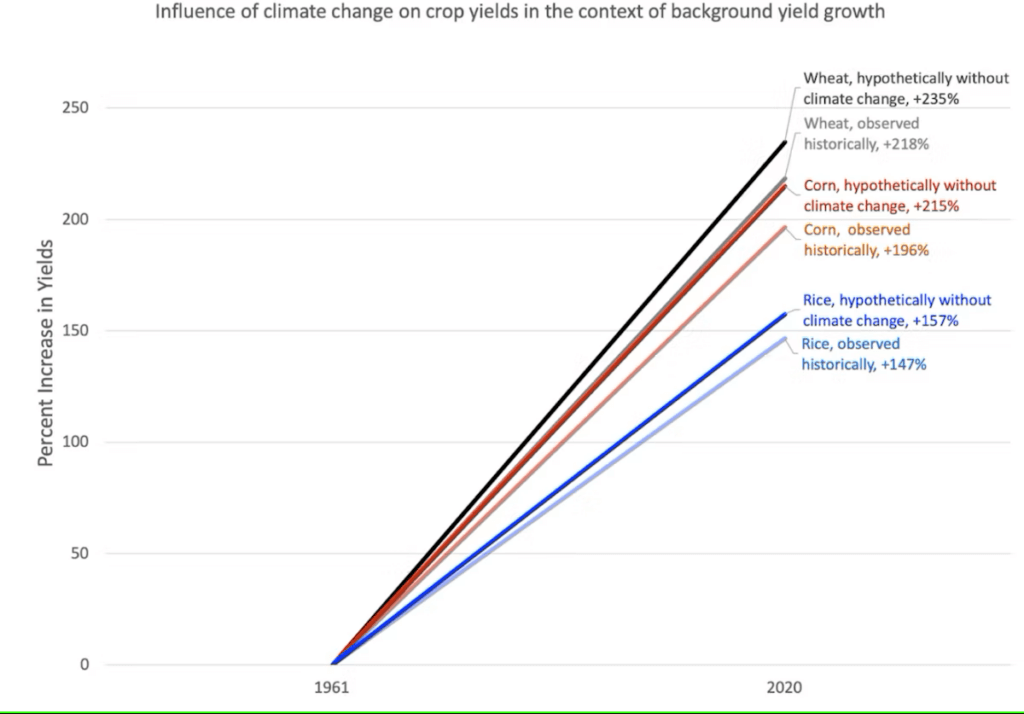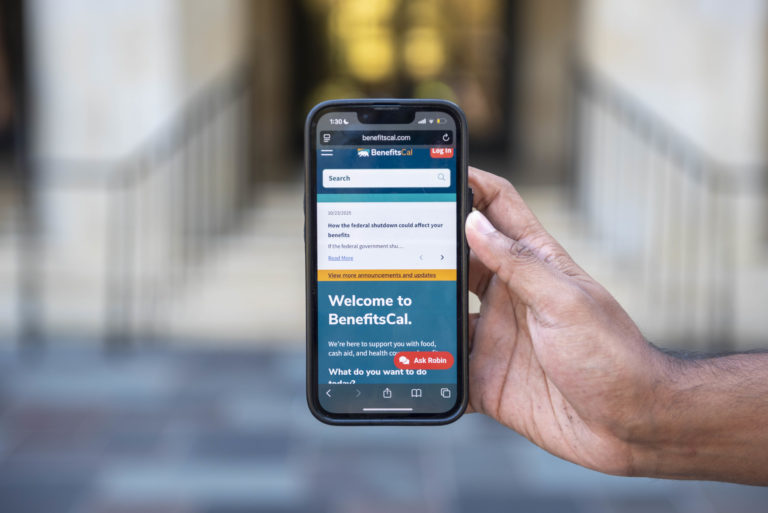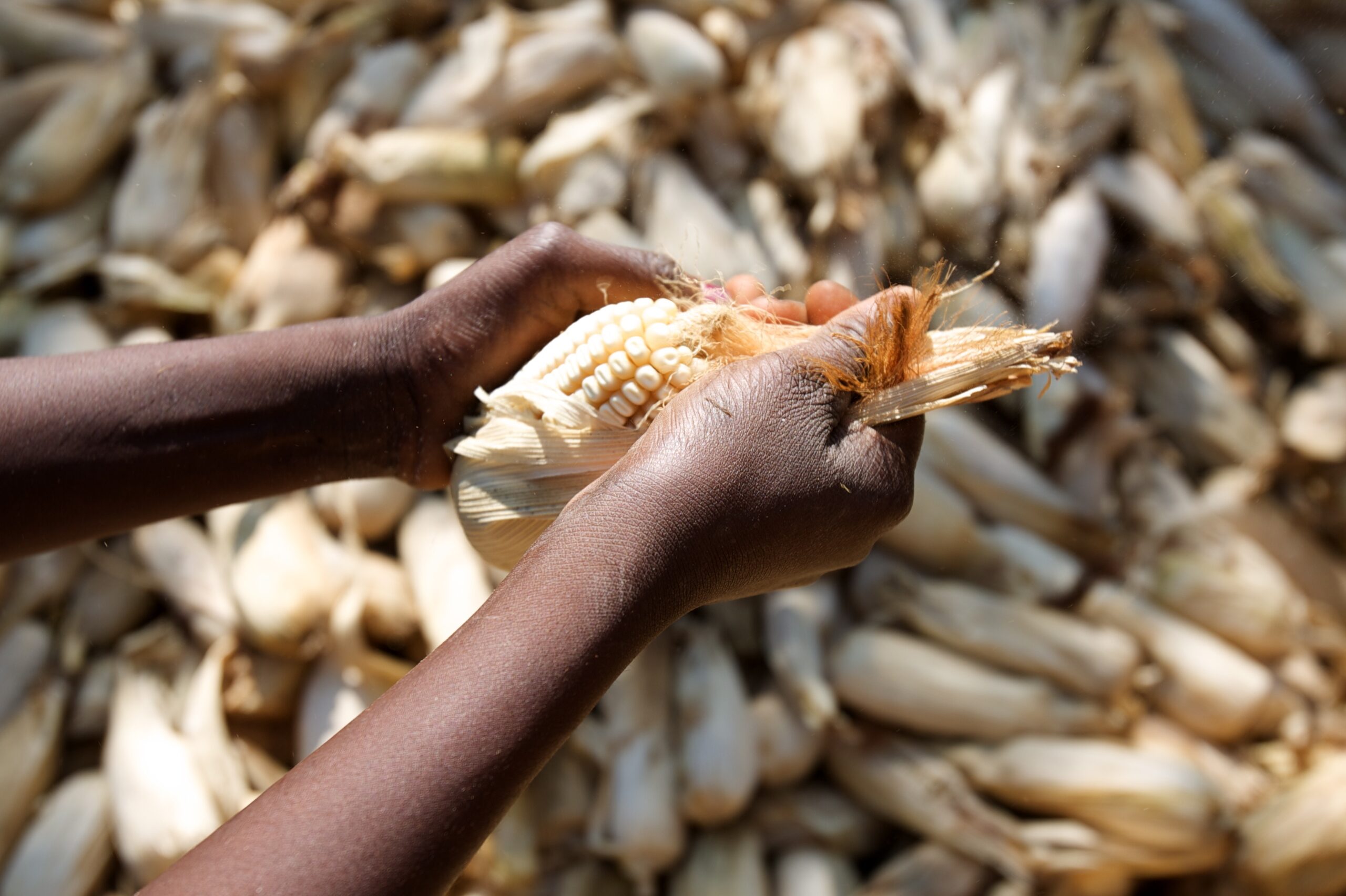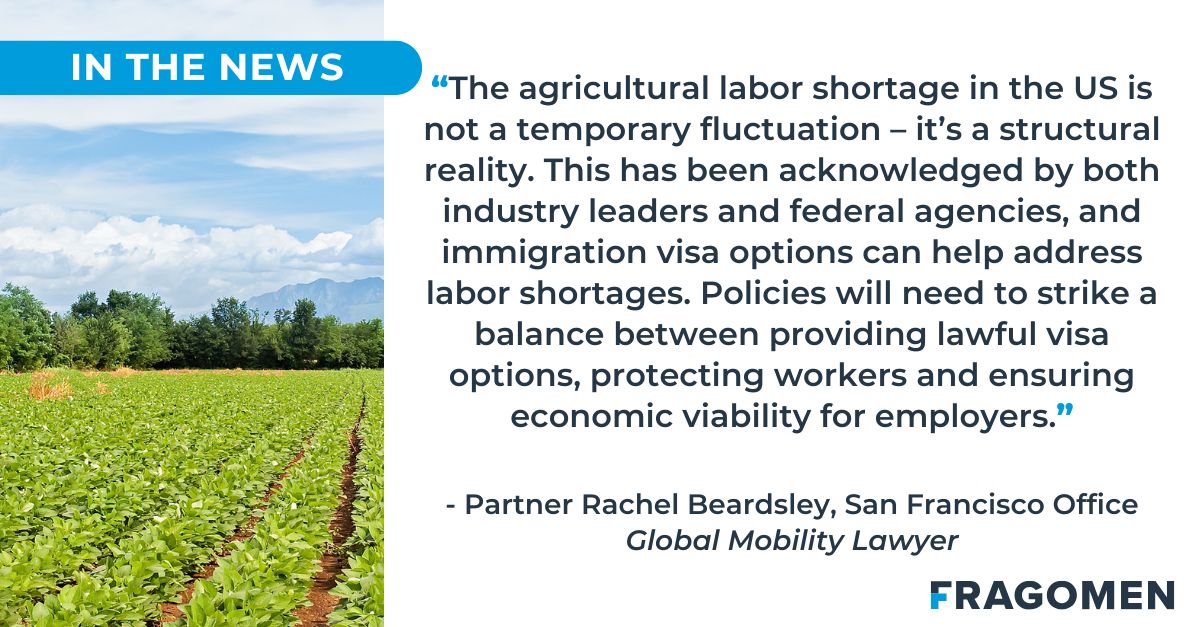Report on the Revival of Sparta High School’s Future Farmers of America (FFA) Chapter and its Contribution to Sustainable Development Goals
Introduction: Reinvigorating Agricultural Education for a Sustainable Future
In January 2025, Sparta High School reinstated its Future Farmers of America (FFA) chapter, a strategic initiative to reintroduce agricultural education within a community historically rooted in farming. This program is designed to align with several United Nations Sustainable Development Goals (SDGs) by providing students with critical skills and knowledge for the future of agriculture.
Program Objectives and Alignment with Sustainable Development Goals
SDG 4: Quality Education and Lifelong Learning
The revived FFA chapter provides an inclusive and equitable educational platform, offering hands-on vocational training in agriculture. Under the guidance of FFA Teacher Advisor Kerry McKinley, the animal science class serves a diverse student body, from those with extensive farming backgrounds to those new to the subject. The curriculum focuses on:
- Practical skills in animal handling and safety protocols.
- Experiential learning that prepares students for future careers.
- Fostering an understanding of agricultural sciences for all students, regardless of their background.
SDG 2: Zero Hunger and Sustainable Agriculture
The program directly addresses the challenge of food security by educating the next generation of agricultural professionals. Students learn the fundamentals of livestock management and farming practices, which are essential for sustainable food production. Chapter President Melody Koopman highlighted the critical role of agriculture, stating, “The 1% feeds the 99%,” emphasizing the importance of agricultural advocacy and education in achieving Zero Hunger.
SDG 8: Decent Work and Economic Growth
By equipping students with specialized skills, the FFA chapter contributes to local economic development and prepares youth for decent work in the agricultural sector. FFA member William Caine noted the value of the practical education, stating it helps students “get more familiar with the animals and with the plants and things that they might be doing while they’re working.” This prepares a skilled workforce capable of supporting and innovating within the local economy.
Community Impact and Strategic Development
SDG 11: Sustainable Cities and Communities
The re-establishment of the FFA chapter strengthens the Sparta community’s connection to its agricultural heritage and promotes local resilience. According to Chapter Treasurer Ashley Skipper, the program addresses a “growing need for agricultural awareness in the Sparta community.” By engaging students in activities such as raising and showing goats at the Kent County Youth Fair, the chapter fosters a deeper appreciation for the role of farmers and sustainable local food systems.
SDG 12: Responsible Consumption and Production
Through hands-on projects, students gain firsthand experience in responsible production patterns. The process of raising livestock instills an understanding of the resources, care, and management required in sustainable agriculture, promoting a generation conscious of its production and consumption habits.
Future Expansion and Partnerships for the Goals (SDG 17)
Infrastructure for Enhanced Learning Opportunities
To expand its impact, the chapter is actively fundraising for the construction of dedicated on-campus facilities, including a barn. This infrastructure is critical for enabling more ambitious and larger-scale projects, which will provide students with more comprehensive learning experiences and research opportunities.
Strategic Community Partnerships
In a clear demonstration of SDG 17, Partnerships for the Goals, the FFA chapter has collaborated with the Kent County Farm Bureau. This partnership includes a significant fundraising initiative where the Farm Bureau will match the first $5,000 in donations. This collaboration between an educational institution and a key community organization is vital for securing the resources needed to achieve the program’s long-term sustainability objectives.
Analysis of SDGs, Targets, and Indicators in the Article
1. Which SDGs are addressed or connected to the issues highlighted in the article?
- SDG 2: Zero Hunger: The article connects to this goal by focusing on agricultural education. The revival of the Future Farmers of America (FFA) chapter aims to increase “agricultural awareness” and train the next generation of farmers. The quote, “The 1% feeds the 99%,” directly highlights the fundamental importance of agriculture in ensuring food security, which is the core mission of SDG 2.
- SDG 4: Quality Education: This is the most prominent SDG in the article. The entire initiative is about education—specifically, reintroducing “agricultural education to a community.” The program provides students with practical, hands-on learning (“animal handling and safety techniques”) and vocational training that prepares them for the future, aligning directly with the goal of inclusive and equitable quality education.
- SDG 8: Decent Work and Economic Growth: The article states that the FFA program aims to prepare students for “potential careers in agriculture.” By equipping youth with relevant vocational skills, the program supports their transition into the workforce, contributing to a skilled labor force in the local agricultural economy and promoting productive employment.
- SDG 17: Partnerships for the Goals: The article explicitly mentions a partnership to achieve the program’s goals. The collaboration between the Sparta FFA chapter and the “Kent County Farm Bureau,” which has pledged to “match the first $5,000 raised,” is a clear example of a local partnership between an educational institution and a civil society organization to mobilize resources for a common objective.
2. What specific targets under those SDGs can be identified based on the article’s content?
- Target 2.a: “Increase investment, including through enhanced international cooperation, in rural infrastructure, agricultural research and extension services, technology development and plant and livestock gene banks in order to enhance agricultural productive capacity in developing countries, in particular least developed countries.” The chapter’s effort to seek “donations to build a barn and other facilities at the school” is a direct action to increase investment in local agricultural education infrastructure, which functions as an extension service for youth.
- Target 4.4: “By 2030, substantially increase the number of youth and adults who have relevant skills, including technical and vocational skills, for employment, decent jobs and entrepreneurship.” The article’s central theme is providing students with practical skills. It states the program teaches “livestock and farming practices” and provides “hands-on skills like animal handling,” directly contributing to this target by preparing students for agricultural careers.
- Target 8.6: “By 2020, substantially reduce the proportion of youth not in employment, education or training.” Although the target date has passed, the principle remains relevant. The FFA program is a form of vocational training that provides a pathway for youth to gain skills and experience, thereby reducing the likelihood of them being unemployed or not in training after high school.
- Target 17.17: “Encourage and promote effective public, public-private and civil society partnerships, building on the experience and resourcing strategies of partnerships.” The fundraising campaign, supported by the Kent County Farm Bureau’s pledge to match donations, is a perfect example of a local civil society partnership working to achieve a shared educational and community goal.
3. Are there any indicators mentioned or implied in the article that can be used to measure progress towards the identified targets?
- Indicator for Target 4.4: The number of students participating in the program is an implied indicator. The article mentions a “diverse student body” and quotes several members (President, Treasurer, member), indicating an active and structured group of youth acquiring vocational skills. Progress could be measured by tracking enrollment numbers in the animal science class and FFA chapter.
- Indicator for Target 2.a: The amount of financial resources mobilized is a direct indicator. The article mentions the fundraising campaign to “build a barn” and the specific commitment from the Kent County Farm Bureau to “match the first $5,000 raised.” The total funds raised would be a clear metric of investment in agricultural education infrastructure.
- Indicator for Target 17.17: The existence of the partnership itself is an indicator. The formal collaboration between the Sparta FFA chapter and the Kent County Farm Bureau, including the value of the financial leverage ($5,000 match), serves as a concrete measure of a multi-stakeholder partnership being formed to support sustainable development goals.
4. Table of SDGs, Targets, and Indicators
| SDGs | Targets | Indicators |
|---|---|---|
| SDG 2: Zero Hunger | 2.a: Increase investment in rural infrastructure and agricultural extension services. | Amount of funds raised for the construction of a barn and other facilities. |
| SDG 4: Quality Education | 4.4: Increase the number of youth with relevant technical and vocational skills for employment. | Number of students enrolled in the FFA chapter and animal science class (implied). |
| SDG 8: Decent Work and Economic Growth | 8.6: Reduce the proportion of youth not in employment, education or training. | Establishment of a program that provides a direct pathway to “potential careers in agriculture” for high school students. |
| SDG 17: Partnerships for the Goals | 17.17: Encourage and promote effective public-private and civil society partnerships. | The formal partnership between the Sparta FFA chapter and the Kent County Farm Bureau, including the value of the financial commitment ($5,000 match). |
Source: fox17online.com







